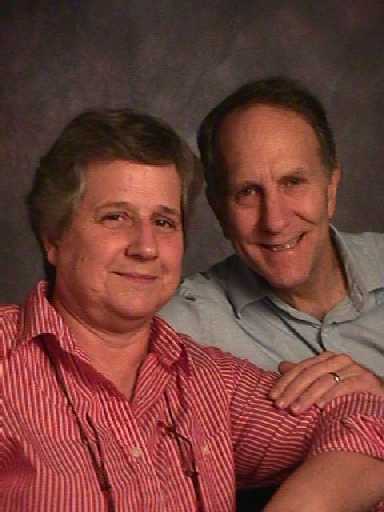|
Donald M. Black, Sr.
Barbara Bloom
Stuart Bogom
Doris L. Clinkscale
Julie Cox
Kate and Thomas Deahl
Fred Dedrick
George C. Draper
Bob Elfant
Fran Emery
Ann and Bill Ewing
David Fellner
Robert Fluhr
Dorothy Guy
Jean Harland
The Hartsfields
Yvonne Haskins
Pat Henning
Lucy Hill
The Johnson Sisters
Andre Johnson
Esther Kahn
Maurice Kilson
Kimbleton and Miller
Andy Lamas
Martha Kent Martin
The Moraks
Robert N.C. Nix II
John and Mary Nolan
Jim Peterson
Debby Pollak
Shirley Ransome
Daisy Reddick
Harold Rush
Steve Stroiman
Tim Styer
Yvonne Thompson-Friend
Mabel Williams
Dr. William Winston
Dan Winterstein
| |
Ann and Bill Ewing
Asked to look back at their efforts in Mt. Airy, Anne Ewing
laughs and says, “We have been around for a long time and chaired lots of
committees.” Anne recalls the earliest EMAN meetings as being exciting times.
“People would stick around after the meeting and keep talking. And then we would go home and take an hour to unwind.”
keep talking. And then we would go home and take an hour to unwind.”
The Ewings have been involved in practically every community
organization in Mt. Airy. A central focus of many of their efforts, however, has
been on making officials more responsive to the community.
Of all their work, the Ewings mention community organizing
first. Bill recalls, “We got a grant from the Law Enforcement Assistance
Administration to hire organizers for each block. We had over a hundred blocks
organized. We had statistics to show that the crime rate dropped as a result. We
also got the city to give us paint, brushes, and rollers to paint houses. Each
block could decide how to paint the houses on the street.” Anne adds, “It
was amazingly competitive.”
The Ewings did what they call policy work as well. Bill
testified at a number of city and state hearings about red lining, the
unwillingness of banks to approve loans in certain neighborhoods like Mt. Airy.
“They graded neighborhoods by the race or ethnicity of the residents.
Integrated neighborhoods were terrible by their evaluation.” Bill also
testified about police-community relations. He recalls, “That was the day when
the police department and community were at loggerheads. We demonstrated and
testified against police misconduct.”
“We also did a lot of public education work,” Anne
remembers. “We were looking for more of a community voice in the schools in,
for example choosing principals.” The Ewings also were involved in a number of
efforts to upgrade Germantown Avenue. “We spent years trying to get city
agencies to improve services to Mt. Airy and to help the Germantown Avenue
business district”.
The community spirit they have helped sustain is what brought
the Ewings to Mt. Airy. Bill says “One of the reasons we moved here was that
we wanted to live in a place that felt like a neighborhood. A neighbor invited
us to come to the first Anneual meeting of EMAN after we moved here. The person
who was executive secretary was somebody I had known in high school. The next
thing I knew I was chair of the police-community relations committee.” From
their activity they have received, Anne says, “a sense of belonging, of
participation and of comfort in the community.” “And,” she adds “we have learned how to formulate a
meeting so that everyone gets their say and you get to the end of the agenda.”
Bill adds, “It doesn’t do any good to set your agenda without finding out
what people really want and are willing to do.”
|